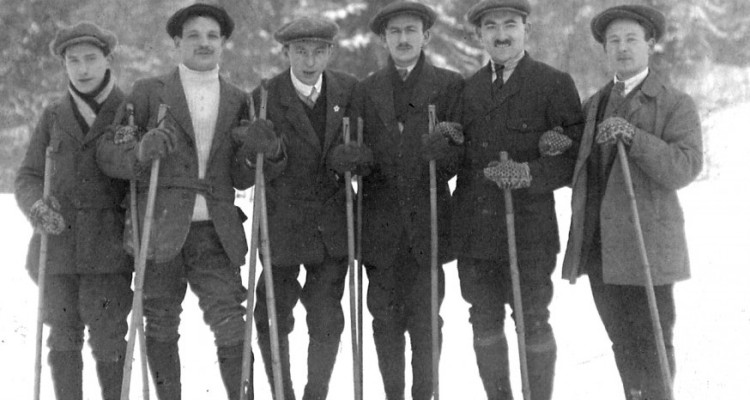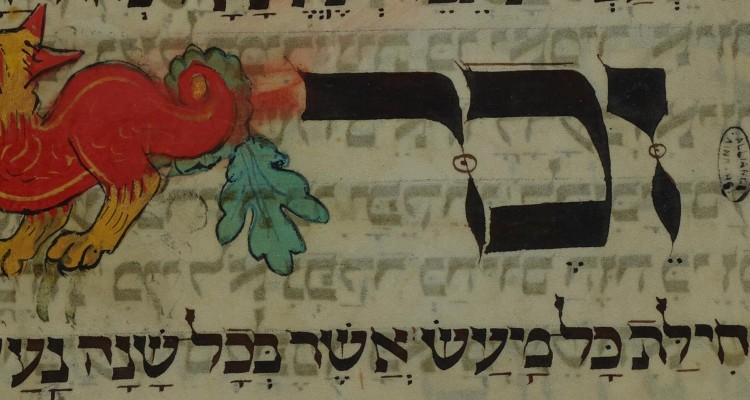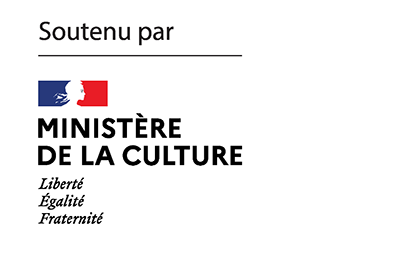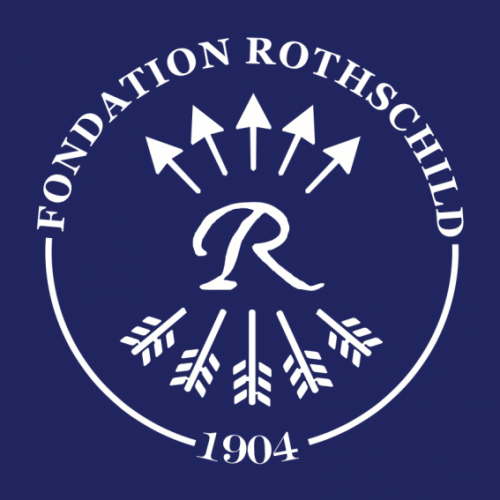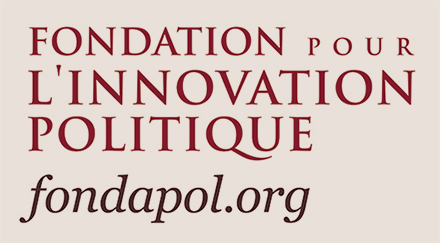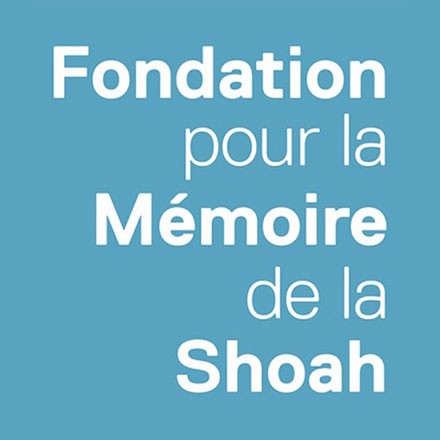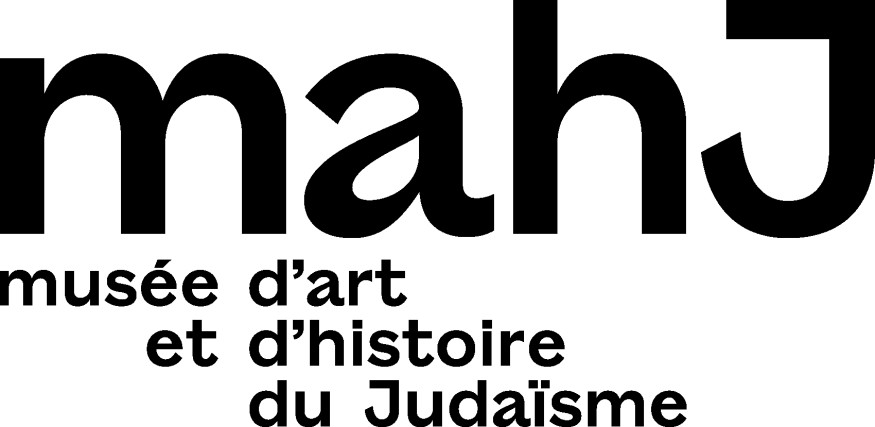A few weeks ago, K. featured an article by Icelandic researcher Vilhjálmur Örn Vilhjálmsson. He wondered why the history of Iceland, “a country without Jews”, was so rich in anti-Semitism that it was reluctant to organise the teaching of the history of the Shoah in its schools. The island on the edge of Europe had, however, committed itself to this on numerous occasions with international bodies. Back north this week, but this time in Norway, where, in 1814, one of the most liberal constitutions in Europe stated: “Jews are always excluded from the kingdom”. The article by Norwegian journalist Vibeke Knoop Rachline looks at the genesis of this “paragraph of shame” – which we learn was inspired by some Enlightenment thinkers, no less. She also discusses the return of the shameful paragraph in 1942 and asks what traces it leaves in Norwegian society today. As in Iceland, the Jewish community in Norway is very small. However, even though they are almost absent on national soil, we realise how much the image of them sometimes disturbs our consciences.
The two other articles which K. publishes this week are devoted to French and European Jewish heritage. Firstly, to the maintenance and conservation of the traces of the Jewish presence in Europe; in a context where the question of the heritage left by the Jewish populations is raised, to varying degrees, everywhere on the continent. The sale of a unique manuscript of a 700-year-old Jewish prayer book has revived the debate. As Jewish studies researcher Noëmie Duhaut recalls, the so-called “Luzzatto” Mahzor – named after the Italian scholar Samuel David Luzzatto, one of its previous owners – travelled through centuries and Jewish communities in Europe since the late 13th century before becoming, in 1870, one of the jewels in the crown of the Alliance Israélite Universelle Library, which was forced to sell it. The manuscript was acquired at auction last month in New York by a private and anonymous collector for more than eight million euros. Noëmie Duhaut looks back at its history and asks the question: Will the sale of a medieval manuscript save Jewish studies in France?
There is the heritage that is leaving France and Europe and the heritage that is being rediscovered and put in the spotlight. This is the approach of the Museum of Jewish Art and History, which presented an exhibition on the Jewish artists of l’École de Paris from June to October. A welcome return to this moment on the occasion of the recent publication in French of Hersh Fenster’s book, Nos artistes martyrs (translated from Yiddish by Nadia Déhan-Rotschild and Evelyne Grumberg, mahJ-Hazan). As K. Paul Salmona, the director of the mahJ, “[this] recent French translation of Undzere farpaynikte kinstler repairs a triple injustice : the oblivion into which a generation of artists who were deported or died during the Occupation fell, the lack of knowledge of the cultural richness of Yiddish-speaking emigration in Paris between the wars, and the anonymity of their memorialist, Hersh Fenster (1892-1964), a journalist and writer from Galicia who settled in Paris in 1922. ” Being forced to part with a major piece of Jewish history, which sheds light on the destiny of Europe, and, at the same time, rediscovering the role of Jews in a major episode in the artistic history of twentieth-century France, such are the latest episodes in this difficult relationship with the Jews and the Jewish heritage that European nations maintain when they look back on themselves.
